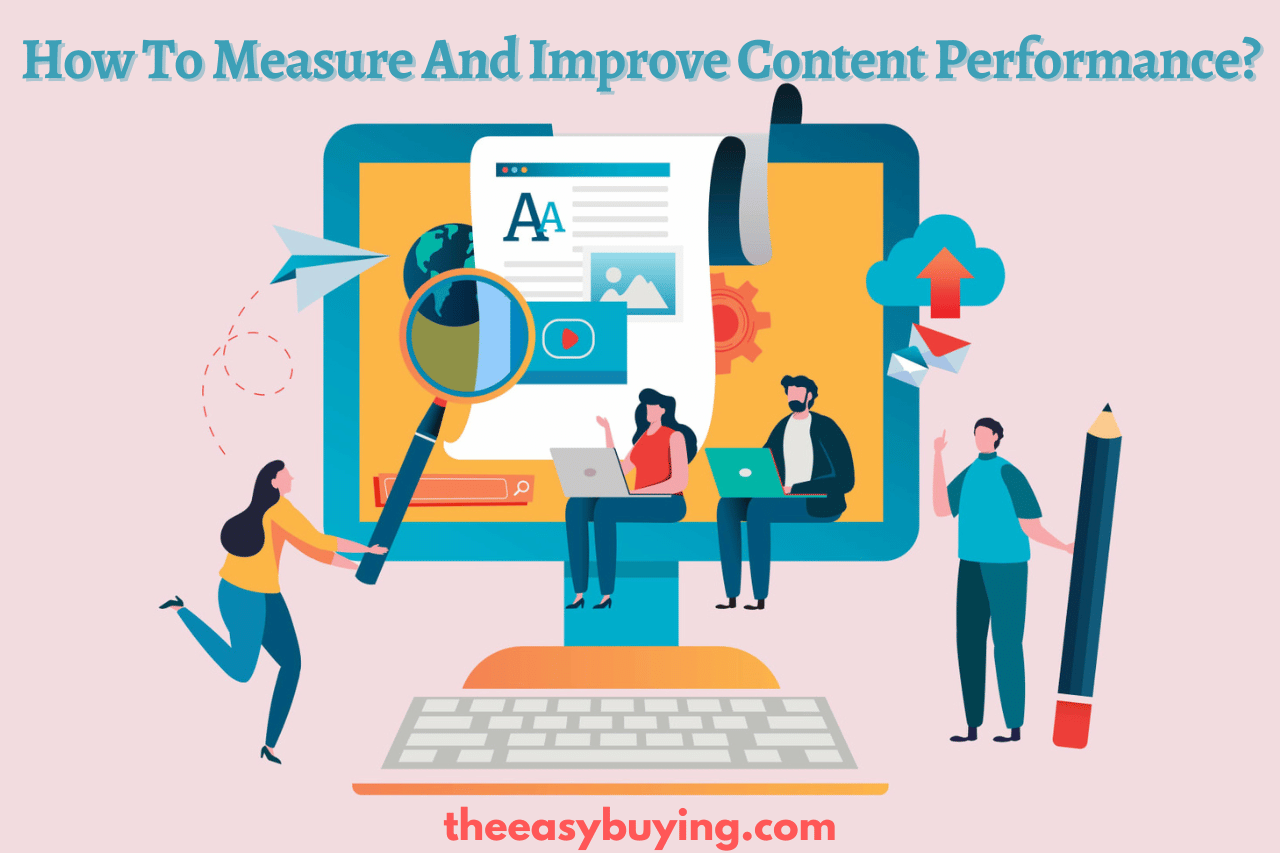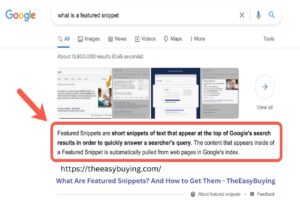How do you measure and improve content performance? This is a question content strategists wrestle with on a daily basis. The good news is, there are many different ways to measure the effectiveness of your content. And, fortunately, most of these methods are relatively easy to implement.
In this post, we’ll explore some of the most popular ways to measure content performance and discuss how you can use that information to improve your strategy. So, how do you go about measuring your content’s impact? Let’s find out!
What is Content Performance?
Content performance is the process of measuring how well your content is performing against specific business objectives. By understanding which pieces of content are resonating with your audience and achieving your desired outcome, you can adjust your strategy accordingly to ensure that you’re creating material that is valuable to both your company and its customers.
How You Can Measure Your Content Performance?
There are many different ways to measure content performance but here we will discuss the 8 easiest ways to measure content performance.
1. Google Analytics
2. Content Engagement
3. Social Shares
4. Time on Page/Site
5. Conversion Rates
6. Bounce Rates
7. New vs Returning Visitors
8. Referral Traffic
1. Google Analytics:
Google Analytics is a free web analytics tool that provides website owners with detailed insights into their website traffic. You can use Google Analytics to track how people find your site, what they do when they’re there, and how you can improve their experience.
2. Content Engagement:
Content engagement is a measure of how engaged your audience is with your content. There are a number of ways to measure content engagement, but one of the most popular is time on page. This metric tells you how long people spend reading your content before moving on to something else.
3. Social Shares:
Social shares are a measure of how often your content is shared on social media. The more times your content is shared, the more exposure it gets, and the more likely it is to be seen by new people.
4. Time on Page/Site:
Time on page is the average amount of time that people spend reading your content. It is the average amount of time that people spend on your entire website. Both of these metrics can be useful in measuring content engagement.
Also Read: How To Decrease The Loading Time Of Your WordPress Website
5. Conversion Rates:
Conversion rates are a measure of how often people take the desired action on your website. This could be signing up for a newsletter, downloading a white paper, or making a purchase.
6. Bounce Rates:
Bounce rates are a measure of how often people leave your site after only viewing one page. A high bounce rate can indicate that your content is not relevant to your audience or that your website is not user-friendly.
7. New vs Returning Visitors:
New visitors are people who have never been to your site before. Returning visitors are people who have been to your site at least once before. Measuring the percentage of new vs returning visitors can give you insights into how well your content is resonating with your audience.
8. Referral Traffic:
Referral traffic is the traffic that comes to your website from other websites. This could be from links in articles, social media posts, or other websites. Referral traffic can give you insights into how well your content is being received by other people and websites.
These are 8 ways by which you can measure your content performance. But measuring is not enough, you need to take action based on the insights you gained from the measurement to improve your content strategy.
How Can You Improve Your Content Performance?
Here are a few things you can do:
1. Publish more content:
If you’re not getting as much traffic or engagement as you’d like, one solution is to simply publish more content. More content means more opportunities for people to find and engage with your brand.
2. Create better headlines:
Your headline is the first (and sometimes only) thing people will see when they come across your content. So, it’s important to make sure that your headlines are interesting, attention-grabbing, and relevant to your audience.
3. Optimize your website for the search:
Making sure your website is optimized for search engines is one of the best ways to ensure that people can find your content. Search engine optimization (SEO) involves using keywords and other techniques to make sure your site appears as high as possible in search engine results.
4. Promote your content:
In order to get people to see your content, you need to promote it. There are a number of ways to do this, including social media, email marketing, and paid advertising.
5. Analyze and Test your Results:
It’s important to regularly analyze your content performance in order to see what’s working and what’s not. You can use the metrics discussed above to track your progress and make adjustments to your content strategy as needed.
Conclusion:
Content performance is important to measure because it can give you insights into what’s working and what’s not. There are a number of different metrics you can use to measure content performance, including pageviews, social shares, and conversion rates. You can improve your content performance by publishing more content, creating better headlines, optimizing your website for search engines, and promoting your content. Regularly analyzing and testing your results is also important.
If you have any questions or need help improving your content performance, please feel free to contact us. We’re always happy to help!
Important FAQs
How often should I measure my content performance?
There is no one-size-fits-all answer to this question. How often you measure your content performance will depend on a number of factors, including the goals of your content strategy and the resources you have available.
What is content effectiveness?
Content effectiveness is a measure of how well your content achieves the goals you set for it.
How can I measure content effectiveness?
There are a number of different metrics you can use to measure content effectiveness, including pageviews, social shares, and conversion rates.
How can I improve content effectiveness?
There are a number of things you can do to improve content effectiveness, including publishing more content, creating better headlines, optimizing your website for search engines, and promoting your content.
What is a good conversion rate?
A good conversion rate will vary depending on your goals and target audience.
How can I improve my conversion rate?
There are a number of things you can do to improve your conversion rate, including optimizing your website for conversions, creating compelling calls to action, and segmenting your audience.
What is a good click-through rate?
A good click-through rate will vary depending on your goals and target audience.
How can I improve my click-through rate?
There are a number of things you can do to improve your click-through rate, including optimizing your website for search engines, creating compelling calls to action, and segmenting your audience.
What is a good time on the page?
A good time on a page will vary depending on your goals and target audience.
What is a good bounce rate?
A good bounce rate will vary depending on your goals and target audience.











